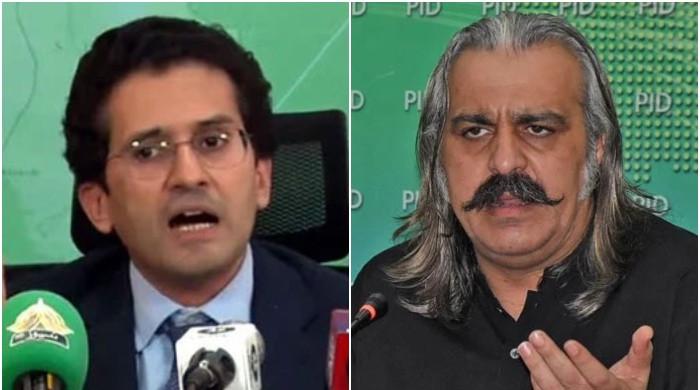For households on slab-based tariffs, even a single day billed extra can mean big penalties
The length of the billing period in your electricity bill is critically important. This article explains how
September 08, 2021
Given high inflation, slow wage growth and the resultantly limited budget of the vast majority of households, the Pakistani government has always subsidised electricity usage to ease the financial burden on end users.
The government determines who deserves a subsidy and who does not by looking at the number of units of electricity consumed by a household and sets tariffs accordingly. This is done mainly through the slab-based tariff most of Pakistan’s population is billed under.
The lower the consumption (which the government takes to mean that such households cannot afford heavy electrical appliances like air conditioners, coolers or large fridges), the larger the subsidy the government provides on each unit consumed.
However, as consumption rises, the tariff sharply increases as well and the subsidy falls to zero, and later turns negative (customers are charged extra to cross-subsidise other customers).
Let’s take a look at an example of how a sample slab-based tariff is structured. Notice how the electricity rate per unit jumps the more electricity you consume.

Based on its monthly metre reading, the electricity company sees how many units of electricity you have used in its billing period and therefore which slab you fall under.
For example, if a customer uses 300 units of electricity in 31 days, this means they fall in Slab 3 (which ends at 300 units).
However, the customer is not billed for all 300 units at the Slab 3 rate of Rs12/unit. Under the government’s subsidy programme, the customer is required to pay the highest slab rate only for the number of units that fall in that slab, and the lower slab rate for the remaining units. This is called the ‘slab benefit’.
In our case, this means only the last 100 units of the total 300 are charged at the Slab 3 rate of Rs12/unit, while the remaining 200 are charged at the rate of Rs10/unit.
The company therefore calculates electricity charges as follows:
Total units: 300. Highest slab: Slab 3
For the last 100 units consumed
Slab 3: 100 units x Rs12/unit = Rs1,200
And for the remaining 200 units consumed
Slab 2: 200 units x Rs10/unit = Rs2,000
Total: Rs1,200 + Rs2,000 = Rs3,200.
Now, let’s say this same customer, who uses 300 units in 31 days (or 300/31= 9.68 units per day), is instead issued a bill for 32 days. This would mean they would be billed for 310 units based on their average daily consumption (32 days x 9.68 units per day = 310 units).
Due to the higher number of units billed, they would now fall under the higher Slab 4 of the tariff, and their electricity bill would become:
Total units: 310. Highest slab: Slab 4
Last 10 units
Slab 4: 10 units x Rs20/unit = Rs200
Remaining 300 units
Slab 3: 300 units x 12/unit = Rs3,600
Total: Rs400 + Rs3,600 = Rs3,800
Compared to the 30-day bill, the 32-day bill is Rs600 higher (Rs3,800 – Rs3,200)
Assuming their average per day consumption remains the same, these Rs600 also cannot be ‘adjusted’ back to the customer even if they are charged for 30 days the next month.
Assuming the same average per day consumption, they will be charged 290 units in the 30-day bill (9.68 units per day x 30 days = 290 units).
Total 290 units. Highest slab: Slab 3
Last 90 units
Slab 3: 90 units x Rs12/unit = Rs1,080
Remaining 200 units
Slab 2: 200 units x Rs10/unit = Rs2,000
Total: Rs1,080 + Rs2,000 = Rs3,080
Compared to the 32-day bill, the 30-day bill is only Rs120 lower. And, compared to the Rs600 more paid for the 32-day bill, the customer has still not managed to recover Rs480 (Rs600 – Rs120).
The Rs480 difference between the 32-day bill and the 30-day bill has been taken out by the power company from the customer’s pocket by denying them the subsidy they were entitled to.
If the number seems small, consider that, for this customer, it is an unfair 15% penalty (480/3200 x 100%) on top of what their total electricity bill should have been if it were calculated fairly under NEPRA’s rules.











